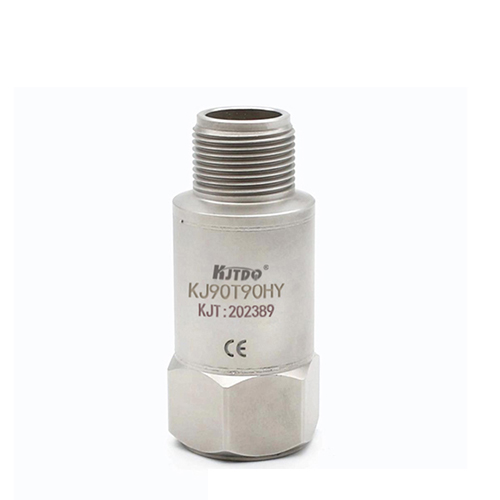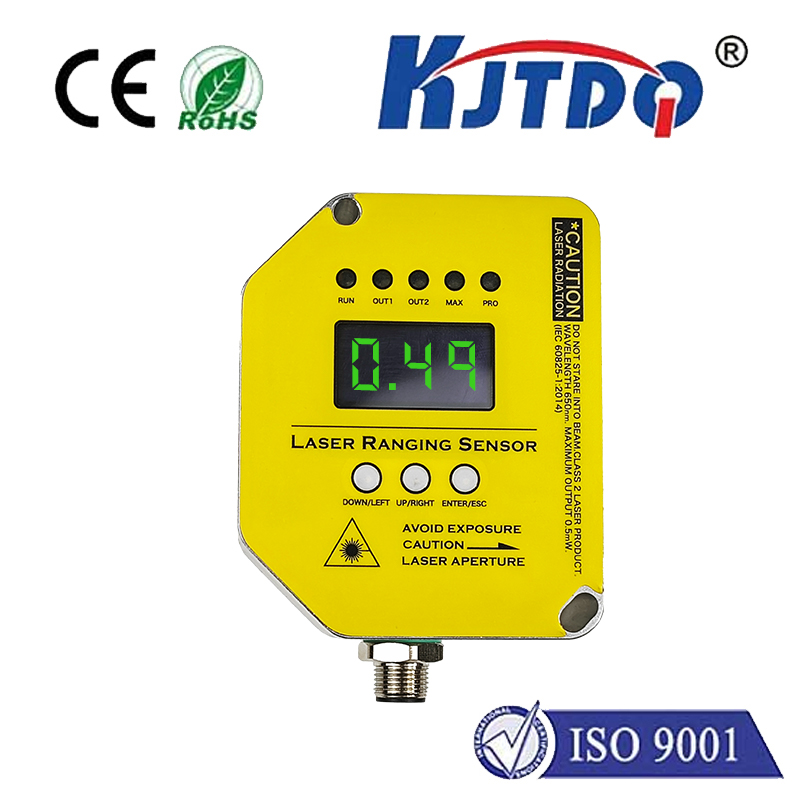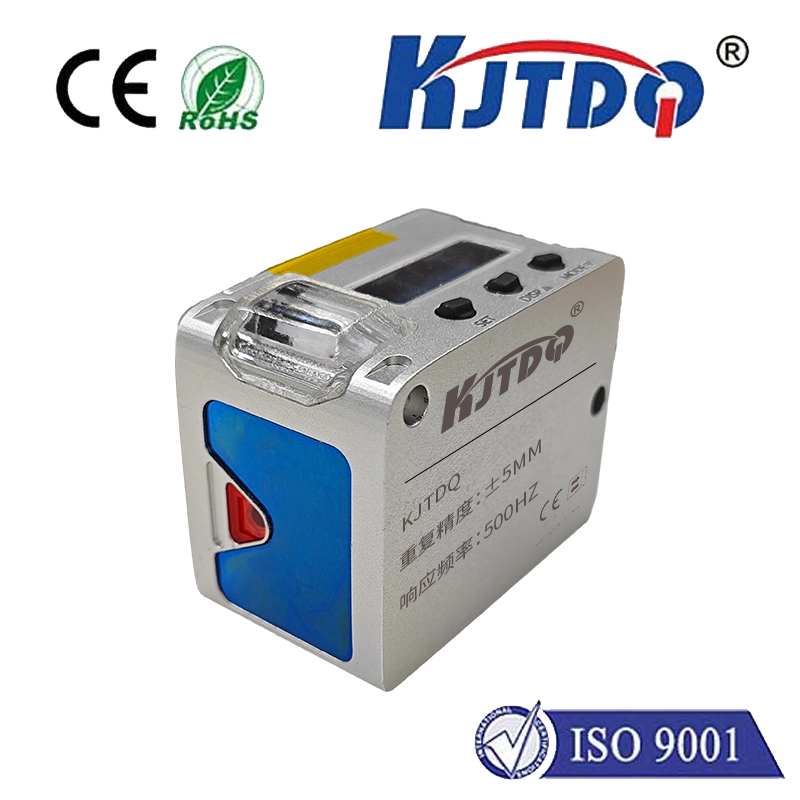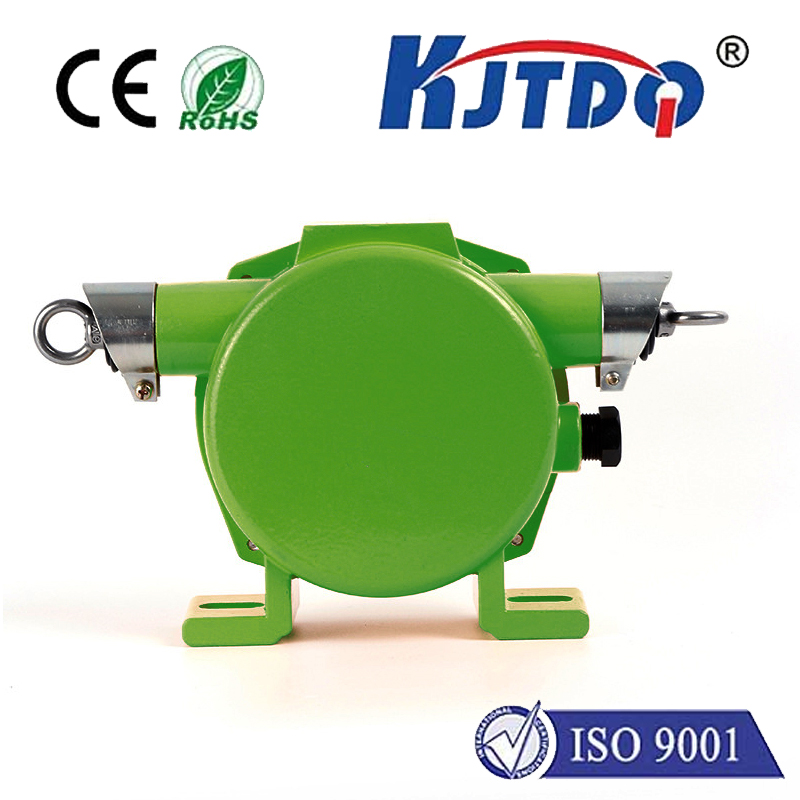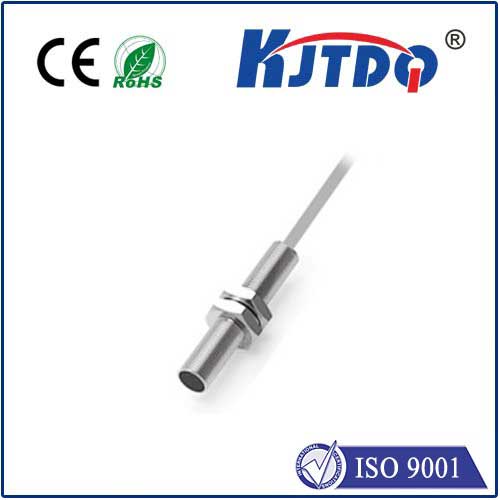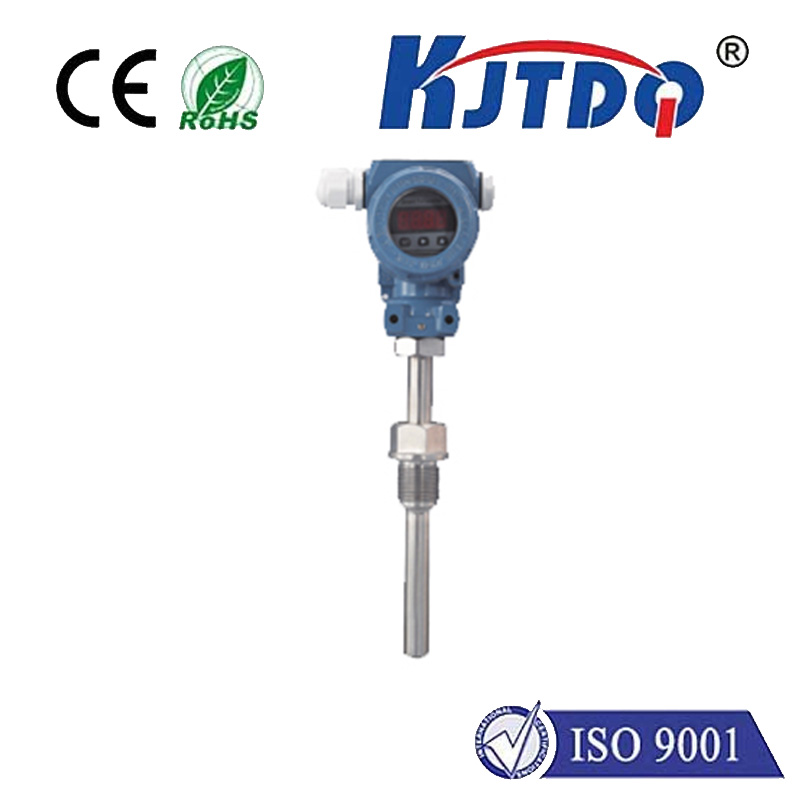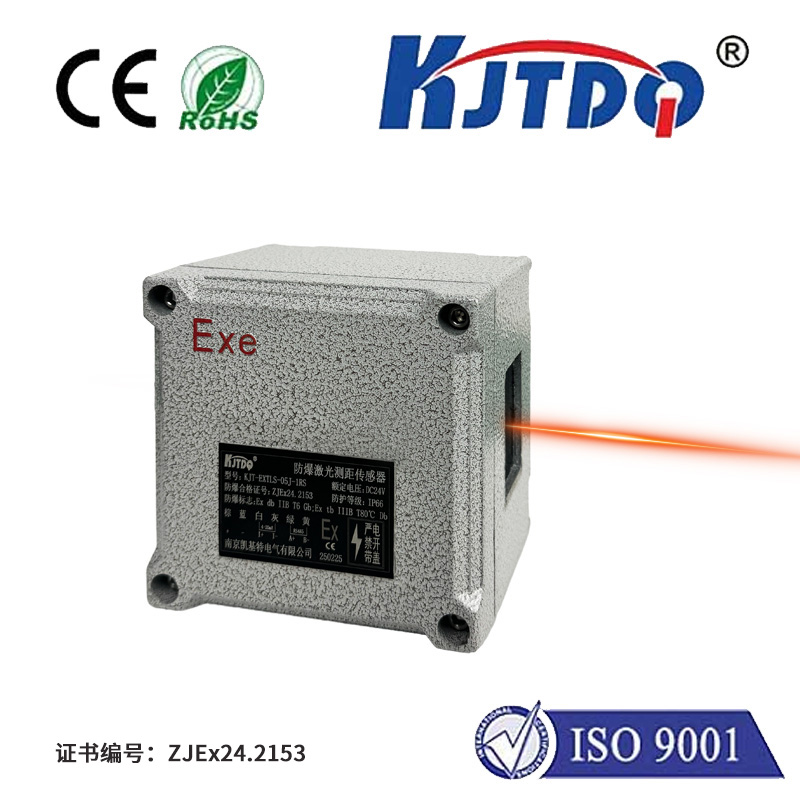Imagine approaching a sleek panel, and before your finger even makes contact, a soft light illuminates, responding instantly to your presence. No frantic stabbing at a stubborn elevator call button, no germ-phobic hesitation on a shared terminal screen. This seamless, almost magical interaction is powered by the subtle yet powerful Кнопка приближения. This technology isn’t science fiction; it’s reshaping how we interact with machines in countless environments, offering unparalleled convenience, hygiene, and durability. Moving beyond the mechanical limitations of traditional buttons, proximity detection represents a fundamental shift toward more intuitive and responsive interfaces.
So, what exactly is a Кнопка приближения? At its core, it’s a sensor designed to detect the presence or nearness of an object (like a human hand) without requiring physical contact. Unlike a standard push-button that relies on mechanical depression to complete a circuit, a proximity sensor triggers an action based on detecting changes in its immediate environment. This makes it an actuator-free design, fundamentally different in operation and benefit.
The magic behind most proximity buttons lies in two dominant technologies: capacitive sensing and infrared detection.

Capacitive Proximity Sensors: These work similarly to the touchscreens on our smartphones but are optimized for proximity rather than direct touch. They generate an electrostatic field. When an object (like your hand, filled with conductive water) enters this field, it disrupts it. The sensor detects this minute change in capacitance and registers it as intentional activation. Capacitive sensors are excellent for detecting hands or fingers in close range (millimeters to a few centimeters) and can often function even through non-conductive materials like glass or plastic overlays, enabling sleek, sealed designs.
Infrared (IR) Proximity Detectors: These sensors emit an invisible beam of infrared light. They detect when this beam is reflected back towards the sensor by an object within its detection zone. The key difference here is that IR sensors can often have a slightly longer range than capacitive ones and work effectively regardless of the object’s conductivity. They are commonly used in applications like automatic door sensors where a person approaching from a foot or two away needs to trigger the opening mechanism. Some proximity buttons combine both technologies for versatility.
The advantages of integrating proximity buttons into products and environments are compelling and address significant modern challenges:
The applications for proximity buttons are vast and continually expanding:
The evolution of proximity detection continues. We see smarter sensors that can differentiate between intentional gestures and accidental proximity, adjusting sensitivity dynamically. Integration with the Internet of Things (IoT) allows proximity data to trigger complex automation sequences – a hand wave near a meeting room door could not only unlock it but also turn on lights and start the conference system. The potential for creating genuinely context-aware environments is immense.
Implementing proximity buttons does require thoughtful design. Ensuring reliable detection across various conditions (lighting, user height, gloved hands), providing unambiguous visual or auditory feedback, preventing unintended activations (“false triggers”), and choosing the right technology (capacitive vs. IR vs. hybrid) for the specific range and environment are critical considerations. Robust programming is essential to filter noise and interpret signals correctly.
Nevertheless, the trajectory is clear. The Кнопка приближения, once a niche solution, is rapidly becoming a standard expectation in user interface design. Its ability to merge the practical needs of hygiene, durability, and energy efficiency with the desire for intuitive, aesthetically pleasing interaction makes it a cornerstone of modern technology. As sensor technology advances and becomes more cost-effective, we can anticipate touchless interfaces becoming ubiquitous, silently yet fundamentally changing how we command the machines and spaces around us. The future of interaction is closer than you think – and it requires no touch at all.

